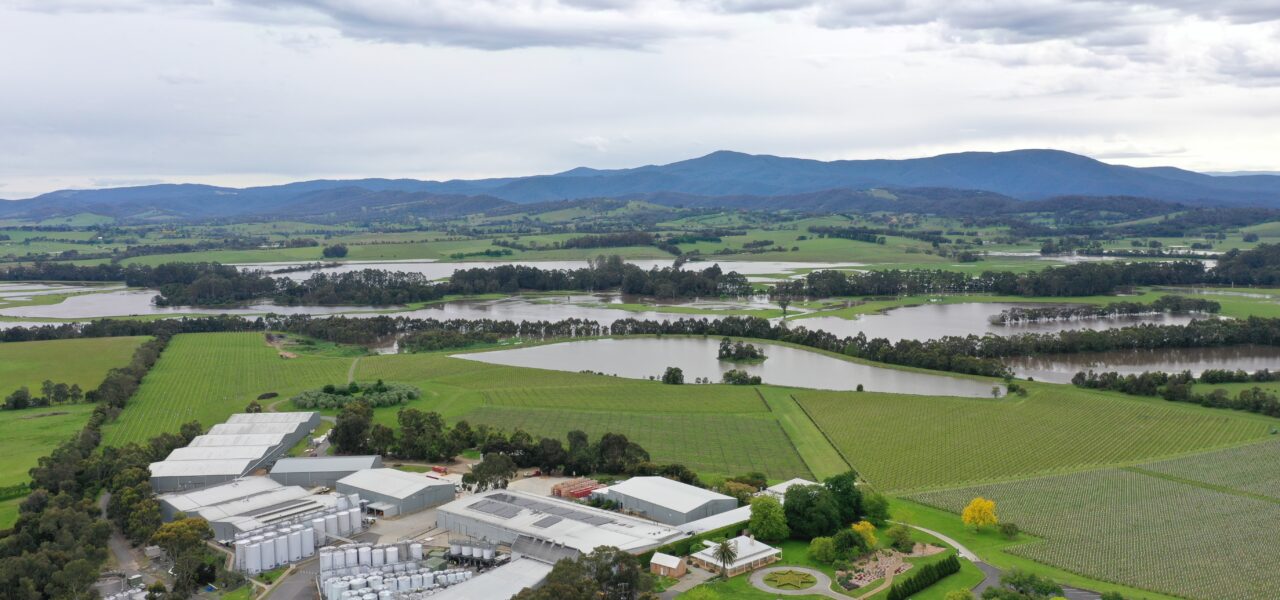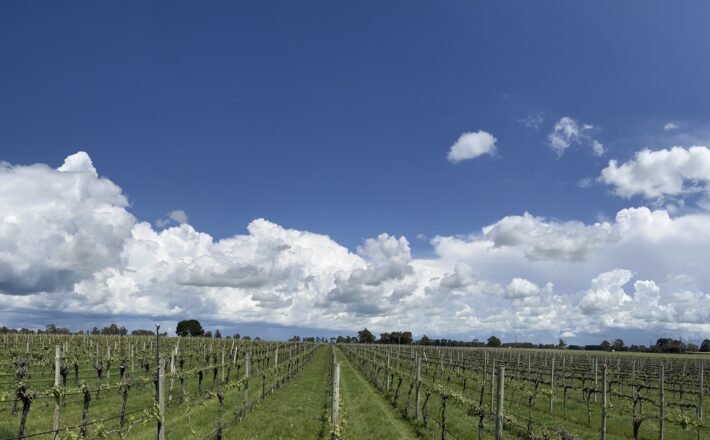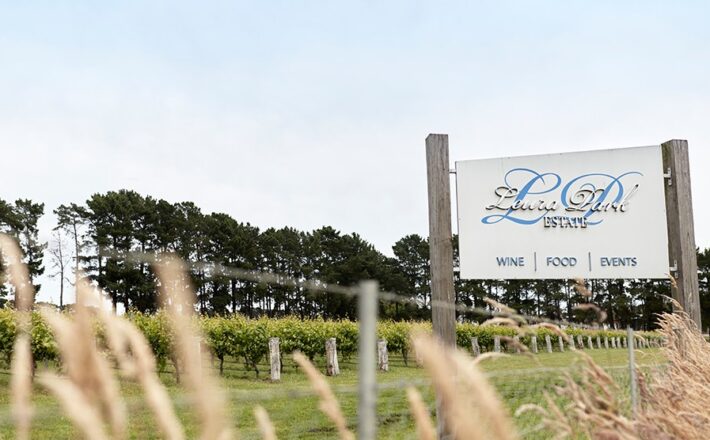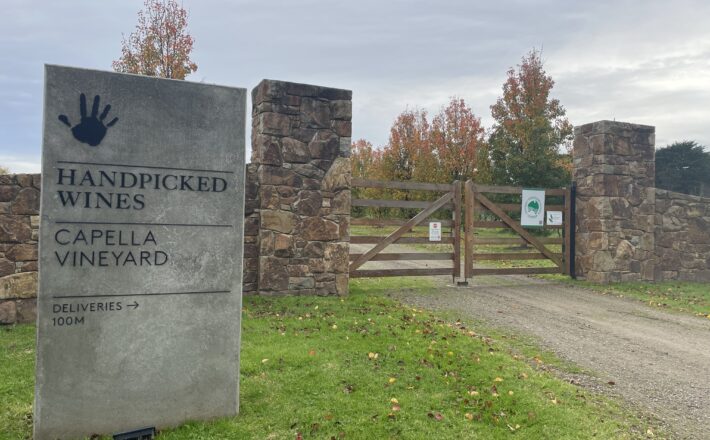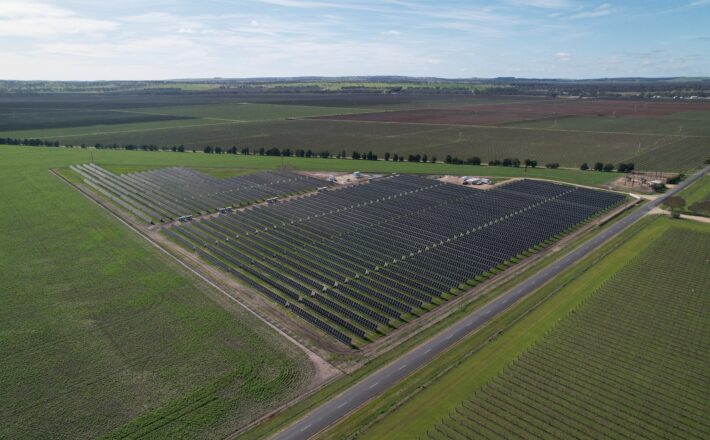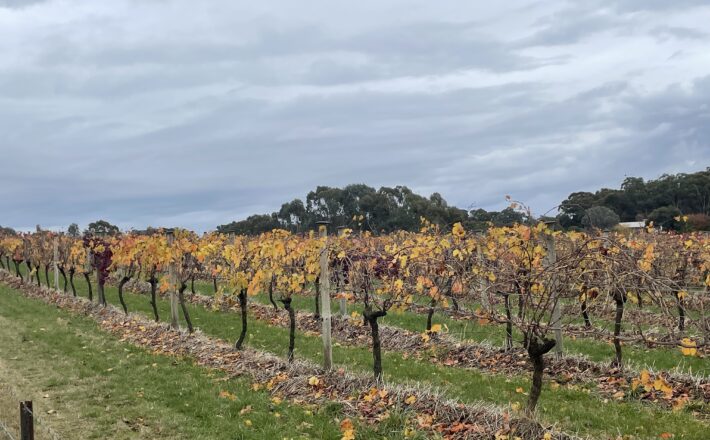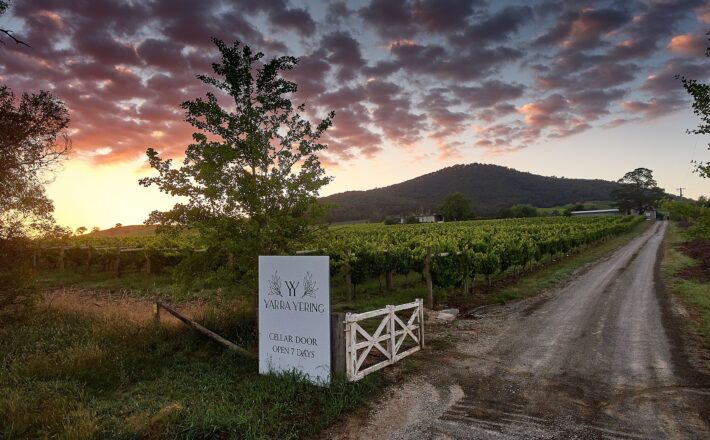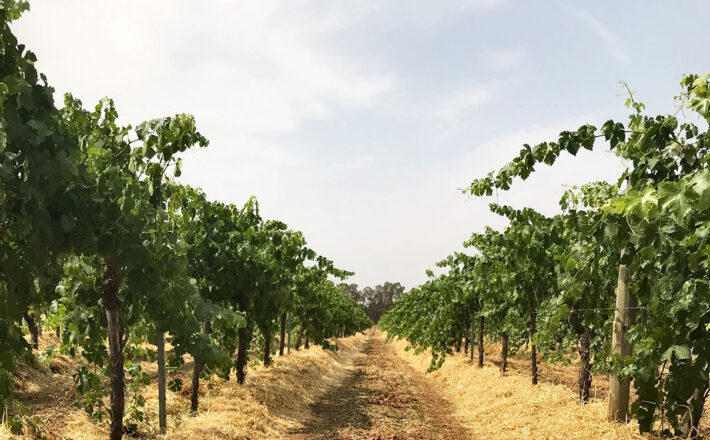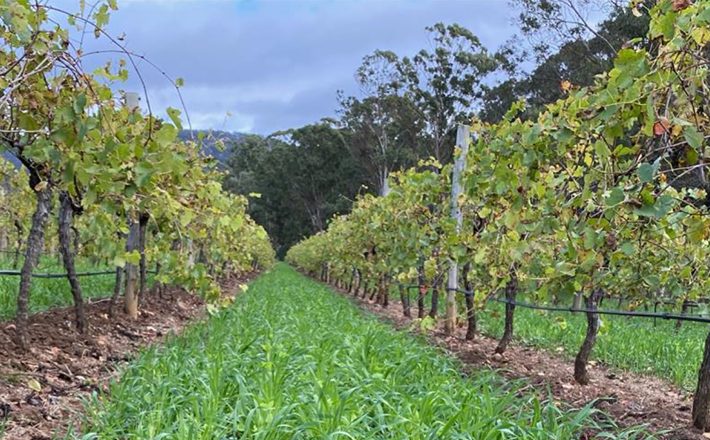Chandon Australia is a division of Moet & Chandon in the Champagne region of France and its 41-hectare flagship vineyard in the Yarra Valley was first planted in 1987.
Parent company, Moet & Chandon has an established biodiversity program, Natura Nostra, which formalises its commitment to protect soils while preserving heritage and working with nature. Aligned with its parent company’s aim to achieve environmental certification across all vineyard and winery sites around the world, This case study explores Chandon Australia’s work at its Yarra Valley property to enhance biodiversity and alter vineyard floor management strategies in the pursuit of eliminating herbicides.
The challenge
In 2004 the vineyard and property grounds had very low biodiversity. At the time, the prevailing philosophy of many businesses was that well managed vineyards should look like golf courses. This was evident at the Chandon Australia Yarra Valley property. To work towards the company’s goals, three areas needed to be addressed:
- Enhancing biodiversity on-site
- Changing the perception of what a well-managed vineyard looks like
- Identification of alternative vineyard floor management strategies.
The solutions
In 2004, a review of biodiversity at Chandon identified an opportunity to enhance biodiversity on a 20-hectare floodplain, which was not suitable for vineyards. In 2006, in partnership with Melbourne Water, it was agreed that 500 plants per year supplied by Melbourne Water would be planted and maintained by Chandon. This partnership is ongoing. Key to success of this program was involving staff in decision-making and ensuring their participation in the philosophical changes to vineyard management. From the outset, sustainable actions initiated by management involved all staff in planning and implementation.
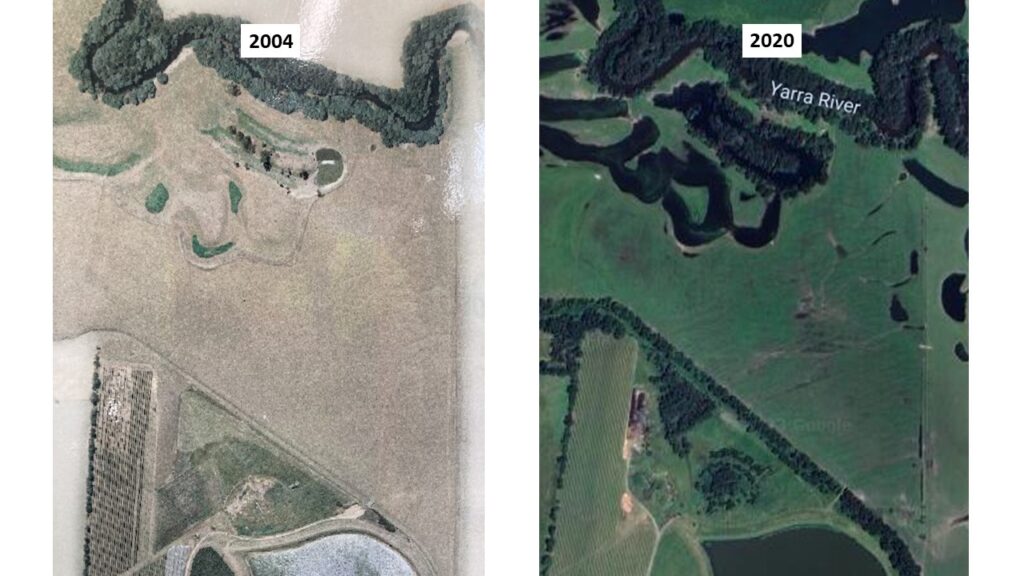
Within the vineyard, several different initiatives have been trialled to reduce reliance on herbicide use. Grazing sheep during winter and early spring was used to reduce spring herbicide applications and cut the number of slashing passes needed. Undervine machinery options tested have proven challenging, particularly in older vineyard areas. Finding a good fit is still a work in progress. Michael Griffith (Chandon’s vineyard manager) observed that there is no ‘one size fits all’ for managing growth in the undervine area. Instead, he needs to adjust methodology to seasonal conditions, floral composition, terrain, soil type, yield and quality targets of different varieties.
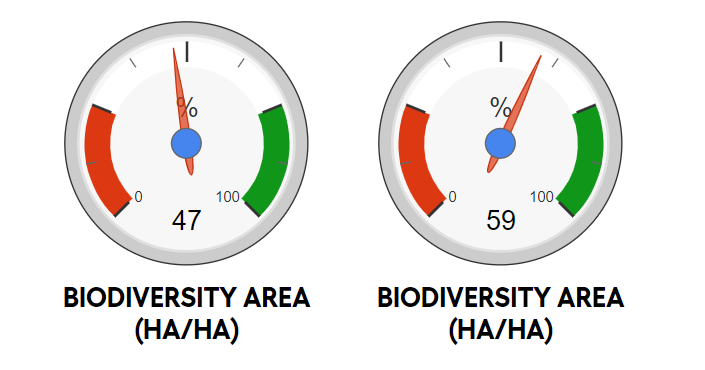
Key to success of the programs was involving staff in decision-making and ensuring their participation in the philosophical changes to vineyard management.
Benefits
The floodplain area at Chandon has been transformed (Figure 1) and the biodiversity area has continued to increase relative to other Sustainable Winegrowing Australia members (Figure 2). The transformation in biodiversity on the property from 2006 to 2020 is clear and a thriving ecosystem has become established on previously unproductive ground (Figure 3).
In addition to the plants supplied through the partnership with Melbourne Water, other native plants such as silver wattle, an indigenous colonising plant of the region, have re-established in the area through self-seeding. The floodplain is now fenced off from stock and managed as a revegetation area. A bird survey was also recently conducted to understand the diversity of species present. Chandon is now working with Melbourne Water, Greening Australia, and Melbourne University to further develop this biodiversity area into a habitat for endangered species.
The physical changes on-site have been important in increasing staff engagement at Chandon. Staff have realised that well managed vineyards do not need a manicured appearance. Michael Griffith, observed that ‘This has become part of the way we work’.
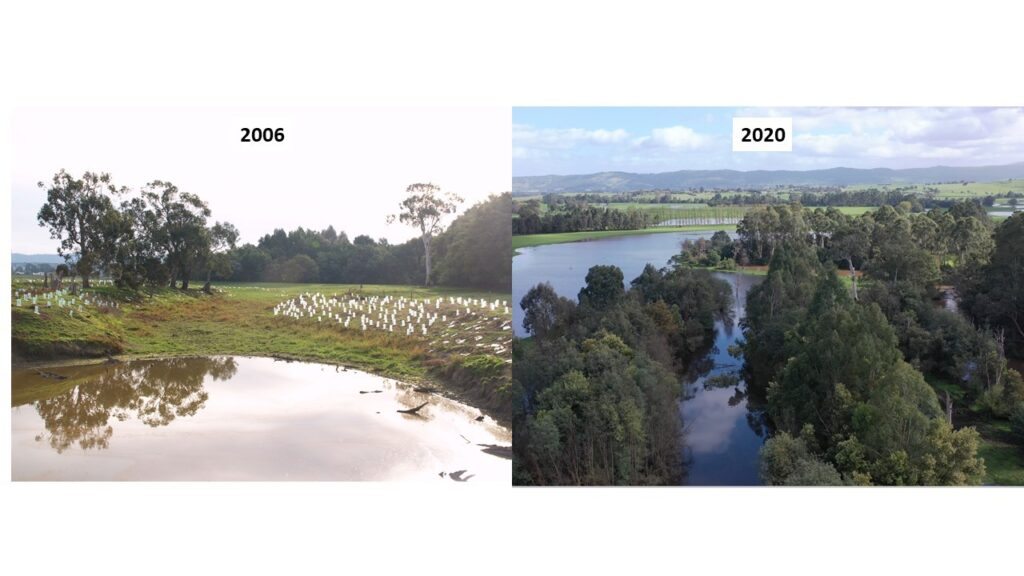
The business is still working towards its target of eliminating herbicide use. The use of herbicide in spring has decreased in some vineyard areas and herbicides were excluded from half the Yarra Valley vineyard area in 2021/22. The introduction of sheep during the winter months reduced the number of slashing passes from eight in 2020/21 to five in 2021/22 through reduced winter and early spring slashing. In the drier 2020/21 season, three herbicides were applied undervine across the vineyard; in the wetter 2021/22 season, established vines (outside the herbicide exclusion area) only received two herbicide applications. Depending on seasonal conditions, in 2022/23 it was planned to discontinue herbicide use across all established vineyard areas.
Sustainable Winegrowing Australia benchmarking data is used by the vineyard manager as a tool to evaluate seasonal performance relative to comparable regions.
The transformation in biodiversity on the property from 2006 to 2020 is clear and a thriving ecosystem has become established on previously unproductive ground.
Acknowledgement
Chandon Australia has been a member of Sustainable Winegrowing Australia since its launch in July 2019 and is currently working towards certified status. They also participated in its predecessor program, Entwine from 2012.
This case study was developed by the Australian Wine Research Institute with support from Chandon Australia, Wine Victoria and the Victorian Government through the Growing Victorian Wine into the Future Program.
Further reading:
What is soil health? (AWRI fact sheet)
